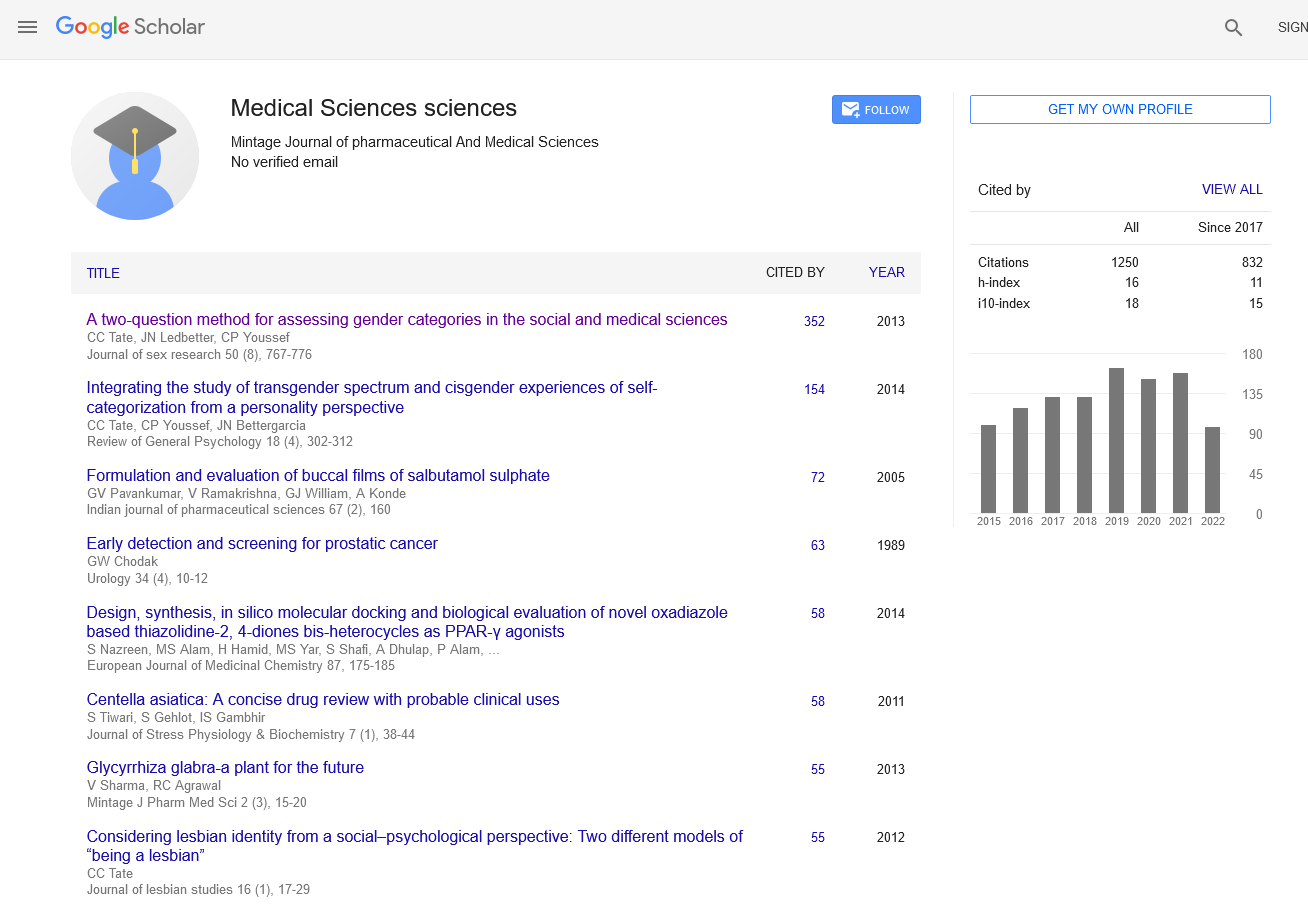Abstract
THE PREVALENCE OF DEVELOPMENTAL DISORDERS AMONG PRIMARY SCHOOL STUDENTS IN HAMADAN AND ITS RELATIONSHIP WITH SOCIOECONOMIC FACTORS IN 2014
Author(s): NAHID MOHAMMADI, FATEMEH CHERAGHI, LATIFEH FELEGARI, MARYAM BABAEI, MARYAM ZANGENEH, ALI REZA SOLTANIAN, AREZOO SHAYAN
Background and Aim: The school age as one of the most important periods of life plays a key role in maintaining and promoting health. One of the important indicators of the health status of children in this period is monitoring physical growth and factors affecting it. This study aimed to determine the prevalence of growth disorders among the primary students and its relation to socioeconomic factors. Methods: In this descriptive-correlational study, 530 students aged 6-13 in elementary schools in Hamadan were selected through stratified random sampling method. Students' anthropometric indices were used to measure their heights, weights, and BMIs. The socioeconomic data were collected through a checklist to interpret the results concerning the NCHS growth reference and confidence intervals and to verify the relationship between variables; a univariate regression analysis was used. Results: Comparison of the growth indices with the NCHS showed that 5% of both genders were short and 16% were obese. The prevalence of overweight among the boys was 6% and among the girls was 7%. The prevalence of underweight among the boys was 5% while this value for girls was 6%, and 18% of the boys and 19% of the girls were thin. The results showed that children belonging to high-income families had higher body mass and were heavier (P<0.05). Conclusion: The results of the study showed that growth disorders among students are on the rise. Therefore, promoting a healthy lifestyle through nutritional and physical activities is highly recommended for parents, especially mothers.

ISSN: 2320-3315
ICV :81.58

